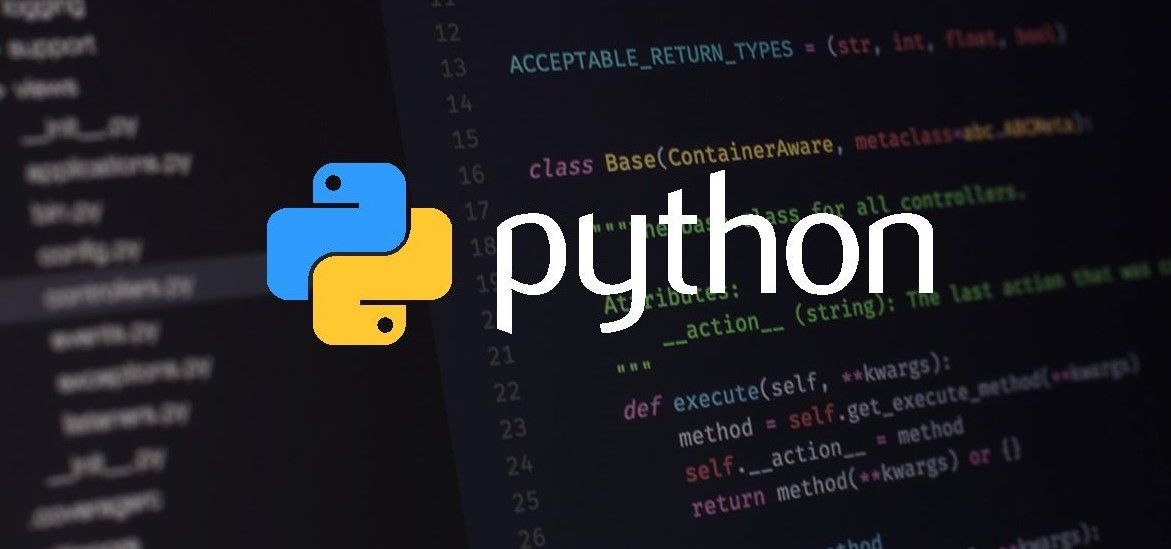Packages in Python are a way to organize related modules into a single directory hierarchy. They help manage and structure large codebases by providing a hierarchical namespace for modules. In this explanation, we'll cover the following topics related to packages:
- Creating a Package: How to create a Python package.
- Installing Packages: How to install third-party packages from the Python Package Index (PyPI).
- Using Packages: How to use packages in your Python code.
- Listing Packages: How to list installed packages.
- Package Features: Exploring package features like
__init__.py, subpackages, and namespace packages.
1. Creating a Package
A Python package is essentially a directory that contains a special file called __init__.py, which can be empty or contain initialization code. This directory can also contain other Python module files (.py) and subdirectories, creating a package hierarchy.
Package Structure:
my_package/
__init__.py
module1.py
module2.py
subpackage/
__init__.py
module3.py
my_package: The main package directory.
__init__.py: This file can be empty or contain initialization code.
module1.py, module2.py: Python module files.
subpackage: A subpackage within the main package.
module3.py: Python module file within the subpackage.
2. Installing Packages
You can install third-party packages from the Python Package Index (PyPI) using a package manager like pip. For example, to install the popular requests package, you can run:
pip install requests
3. Using Packages
To use a package in your Python code, you can import modules or submodules from the package using the import statement.
Example: Using a Module from a Package
import my_package.module1
result = my_package.module1.some_function()
You can also use the from keyword to import specific functions or classes from a module.
Example: Importing Specific Items from a Module
from my_package.module1 import some_function
result = some_function()
4. Listing Packages
You can list the installed packages using the pip list command or programmatically with Python.
Using pip to List Installed Packages:
pip listUsing Python to List Installed Packages:
import pkg_resources
installed_packages = pkg_resources.working_set
for package in installed_packages:
print(package)
5. Package Features:
__init__.py:
The __init__.py file is executed as the package is imported. It can contain initialization code, and it's also used to indicate that a directory should be treated as a Python package.
Subpackages
Packages can have subpackages, creating a hierarchical structure. You can access submodules and subpackages using dot notation.
Example: Accessing a Submodule
import my_package.subpackage.module3
result = my_package.subpackage.module3.some_function()
Namespace Packages
Namespace packages allow you to spread a package across multiple directories or even zip files. They are often used in the context of plugins or distributing packages as parts of different libraries.
Example: Namespace Package Structure
my_namespace_package/
my_package1/
__init__.py
module1.py
my_package2/
__init__.py
module2.py
In this structure, my_package1 and my_package2 are part of the same namespace package.
Relative Imports
You can use relative imports to reference modules or submodules within the same package or subpackage.
Example: Relative Import
# Inside my_package/module1.py
from .module2 import some_function
Relative imports are indicated by a leading dot . and are useful when you want to avoid naming conflicts or simplify imports within a package.
Packages in Python provide an effective way to organize, distribute, and reuse code. They promote modular and maintainable code structures and are commonly used to create libraries and frameworks for various purposes. Understanding package creation, installation, and usage is essential for building and maintaining Python projects.
